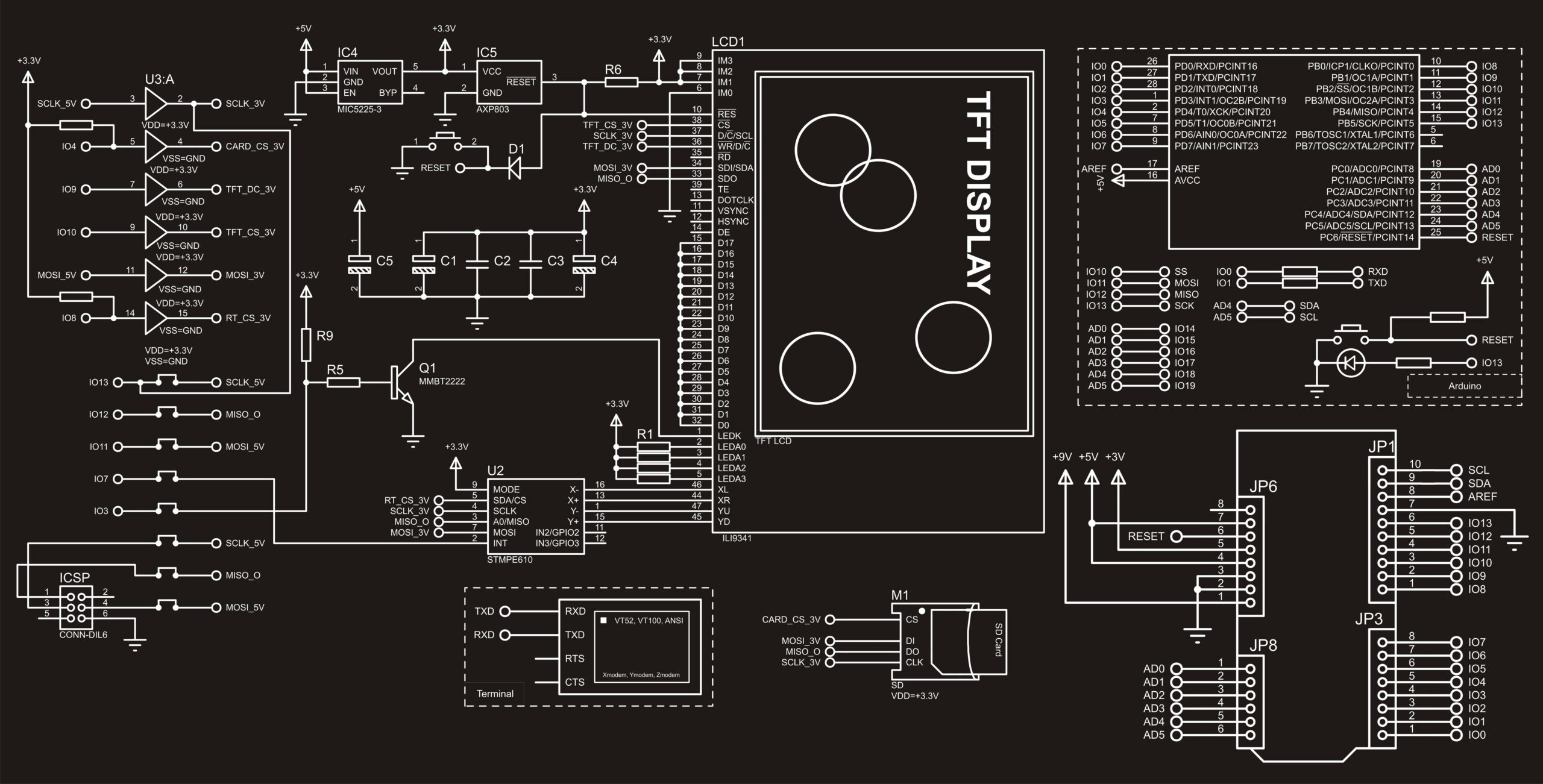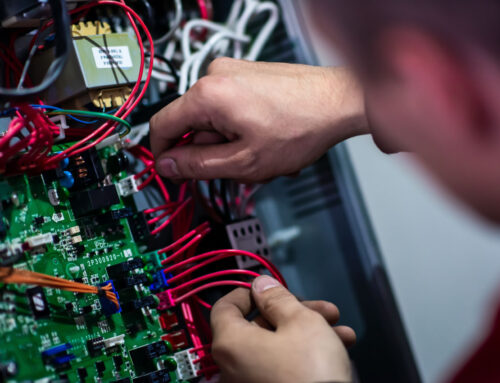In the world of industrial automation, control panels are at the heart of every successful operation. Whether it’s controlling a manufacturing process or managing a power distribution system, a well-designed control panel is crucial for efficient and safe operation. In this blog, we will take you through a step-by-step guide to control panel design, helping you understand the key factors and considerations at each stage.
Step 1: Define Objectives and Requirements
The first and most important step in control panel design is to clearly define the objectives and requirements. Understanding the purpose of the control panel and gathering comprehensive requirements are vital for a successful design. This involves considering functionality, user interface, and safety features. Conducting a thorough needs analysis will help you identify the specific requirements and ensure that the design aligns with them.
Step 2: Conceptual Design
Once the objectives and requirements are defined, it’s time for the conceptual design phase. This is where you brainstorm and generate design concepts that meet the identified requirements. It’s important to consider ergonomics and user experience in this phase, ensuring that the control panel is intuitive and user-friendly. Look for examples of successful conceptual designs to get inspiration and ideas.
Step 3: Create a Detailed Design Plan
With the conceptual design in place, it’s time to transition to a detailed design plan. This involves considering the layout, component placement, and wiring of the control panel. Collaboration between design and engineering teams is crucial at this stage to ensure that the design meets both electrical and mechanical requirements. Consider factors like accessibility, maintainability, and future scalability during the detailed design process.
Step 4: Select Components and Materials
Selecting the right components and materials is a critical step in control panel design. Factors such as durability, compatibility, and industry standards need to be carefully considered. It’s important to source components from reliable suppliers and ensure that they meet the required standards. Conduct thorough research and consult experts to make informed decisions about selecting components and materials.
Step 5: Wiring and Cable Management
Proper wiring and cable management are vital for the optimal functionality and safety of the control panel. Organize the wiring in a way that minimizes the risk of errors and allows for easy maintenance. Proper cable routing, labelling, and bundling techniques should be employed. Clear documentation is also essential for future maintenance, making it crucial to label and document the wiring layout accurately.
Step 6: Integration of Human-Machine Interface (HMI)
In modern control panel design, a significant aspect is the integration of a Human-Machine Interface (HMI). This includes designing intuitive touchscreen interfaces, buttons, and indicators that provide operators with the necessary information and control. Look for examples of effective HMI integration in control panel design to ensure a seamless user experience.
Step 7: Testing and Validation
Thorough testing and validation are essential before finalizing the design of the control panel. Utilize simulation tools and perform rigorous testing procedures to ensure that the panel operates as expected. Create a checklist for validation and quality assurance to guarantee that all necessary tests are conducted. This step is crucial to identify and rectify any issues before deployment.
Step 8: Compliance with Standards and Regulations
Adhering to industry standards and regulations is of utmost importance in control panel design. Ensure that the design and components meet relevant certifications and safety standards. Develop a checklist to confirm compliance with these standards, helping you deliver a control panel that meets all the necessary requirements.
Step 9: Documentation and Manuals
Comprehensive documentation plays a vital role in successful control panel design. Create user manuals and maintenance guides that provide clear instructions and guidelines for future reference. Organize and store the documentation in a way that allows easy access and retrieval when needed. This will facilitate efficient troubleshooting and maintenance, enhancing the lifespan of the control panel.
Step 10: Implementation and Maintenance
The final step in the control panel design process is implementation and maintenance. Proper installation is crucial to ensure the control panel operates as intended. Consider ongoing maintenance and updates, taking a proactive approach to address any issues promptly. Regularly scheduled maintenance and software updates will ensure the panel continues to perform optimally.
In conclusion, control panel design involves a systematic approach, starting from defining objectives and requirements to implementation and maintenance. By following this step-by-step guide, you can design control panels that meet the functional, safety, and usability needs of your industrial automation systems. Remember to collaborate with experts, stay updated with industry standards, and prioritize documentation and ongoing maintenance. Efficient control panel design is key to optimizing operations and ensuring the smooth functioning of industrial processes.
You can count on RBT staff to provide the control panel best suited for your application, we take the time to discuss and understand your requirements for electrical flow and automating the control of machinery, electric motor control and lines, before designing and fabrication of the control panel(s) – call us today at 519-752-3675 to get started.






